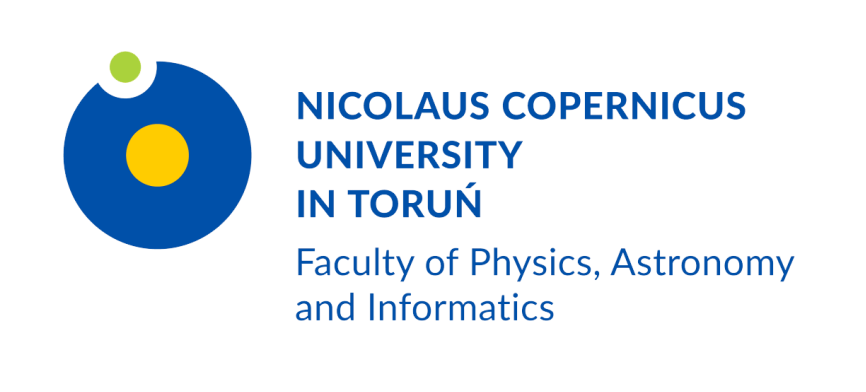
Dr engineer Mateusz Borkowski from the NCU Institute of Physics is the author of the article Optical Lattice Clocks with Weakly Bound Molecules, which appeared in the pages of the prestigious Physical Review Letters. The scientist from the Faculty of Physics, Astronomy and Applied Informatics proposes a new type of an optical clock, in which ultra-cold weakly bound molecules would be used as a time pattern instead of atoms.
The clock would make it possible to measure the molecular transition position with an unprecedented level of accuracy - potentially below 1 Hz, which would allow, among other things, to search for new fundamental interactions (the so-called "Fifth Force", that is, other than gravitational, electromagnetic and nuclear weak and strong interactions, known to us, or even to detect the presence of dark matter through which slow oscillations of the physical constants are caused by.
The scientist from the NCU Section of Nuclear, Molecular and Optical Physics, gives a specific recipe for creating such a clock in his article. On the basis of new experimental data on the diffusive properties of ytterbium atoms, Mateusz Borkowski defined the positions of the molecular clock lines and showed that – similarly to some atomic clocks - these lines could be observed thanks to the use of a weak magnetic field. At the same time, he proved that the molecules needed for clock spectroscopy could be obtained from ultra-cold ytterbium atoms by means of the STIRAP technique, using variable laser fields.
The article Optical Lattice Clocks with Weakly Bound Molecules was published in Physical Review Letters on February 22 this year.

 Grudziądzka 5, 87-100 Toruń
Grudziądzka 5, 87-100 Toruń